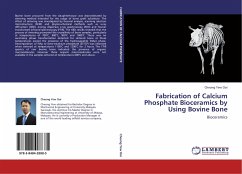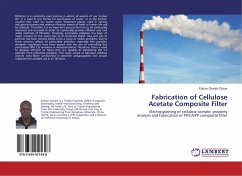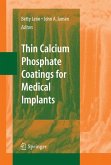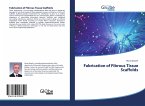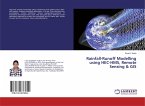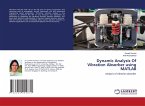Bovine bone procured from the slaughterhouse was deproteinated by sintering method intended for the usage of bone graft substitute. The effect of sintering was investigated by thermal analysis, scanning electron microstructure (SEM) and physico-chemical methods such as x-ray diffraction (XRD), energy dispersive x-ray spectroscopy (EDX) and Fourier transformed infrared spectroscopy (FTIR). The XRD results revealed that the process of sintering promoted the crystallinity of bone samples, particularly at temperatures of 700°C, 800°C, 900°C and 1000°C. There was no secondary phase transformation detected for sintered bone at these temperatures except the presence of the hydroxyapatite (HAp) phase. Decomposition of HAp to beta-tricalcium phosphate ( -TCP) was observed when sintered at temperatures 1100°C and 1200°C for 2 hours. The FTIR spectra of raw bovine bone indicated the presence of organic macromolecules. However these organic macromolecules were not available in the samples sintered at temperatures 600°C and above.
Bitte wählen Sie Ihr Anliegen aus.
Rechnungen
Retourenschein anfordern
Bestellstatus
Storno

